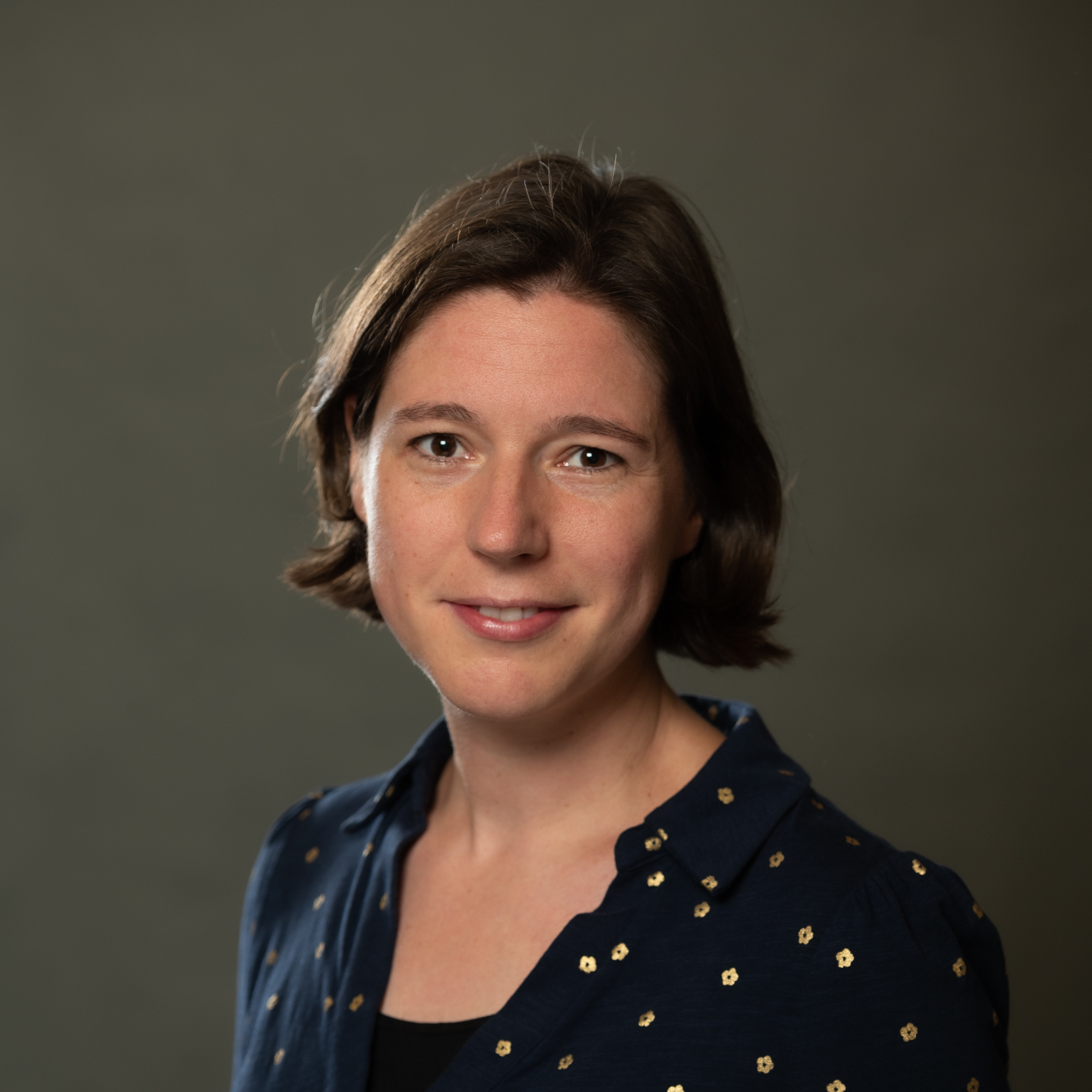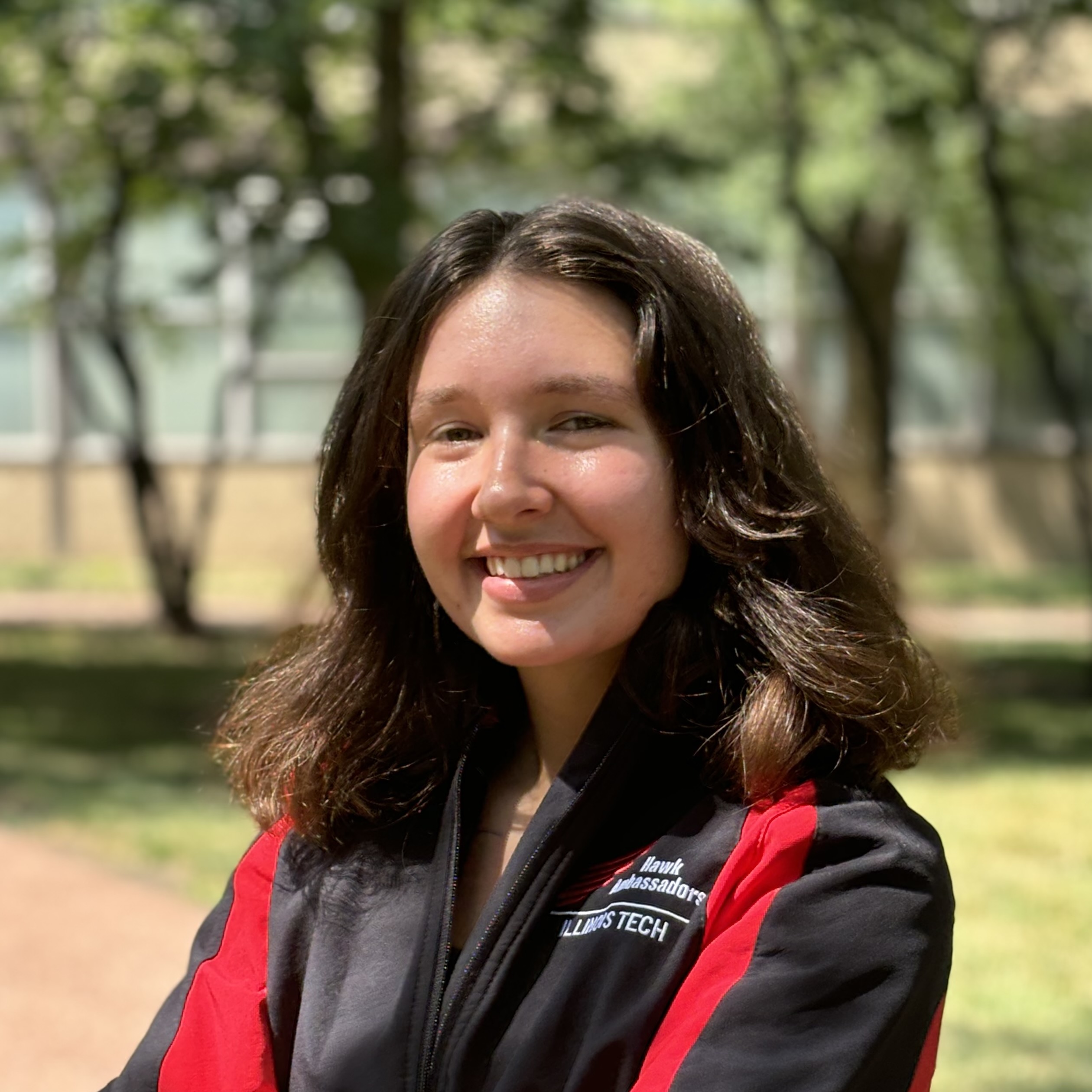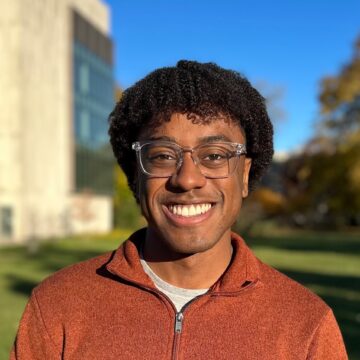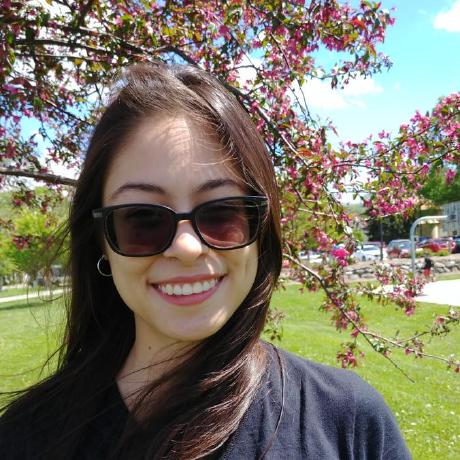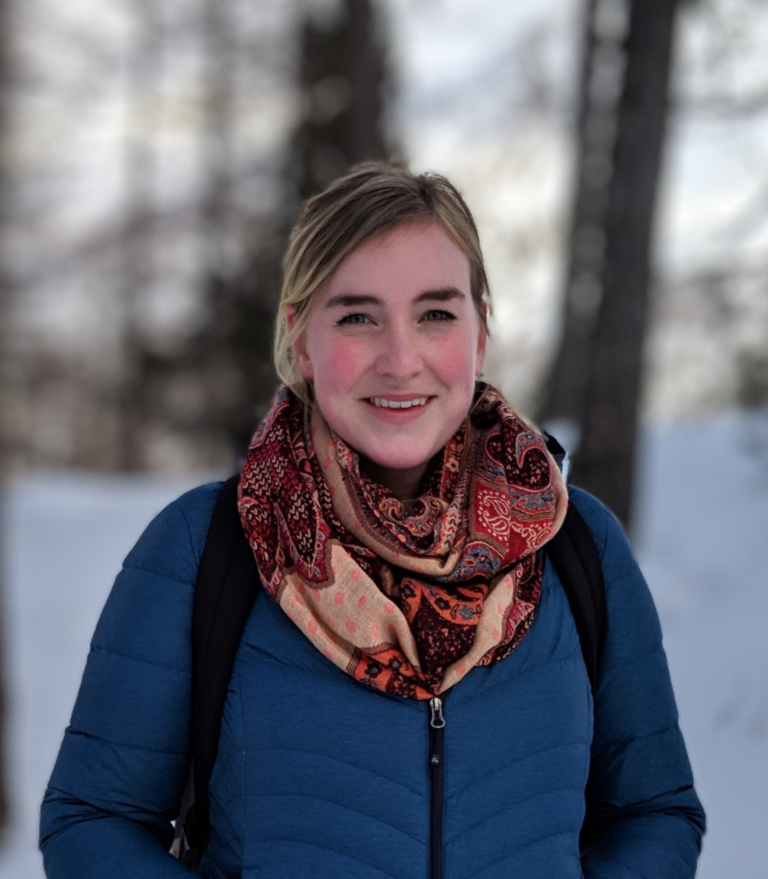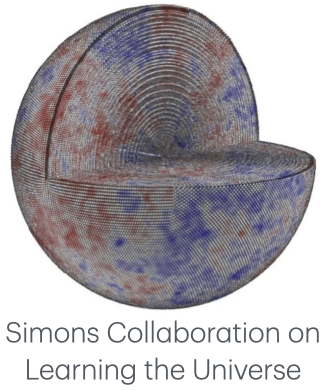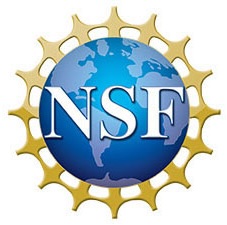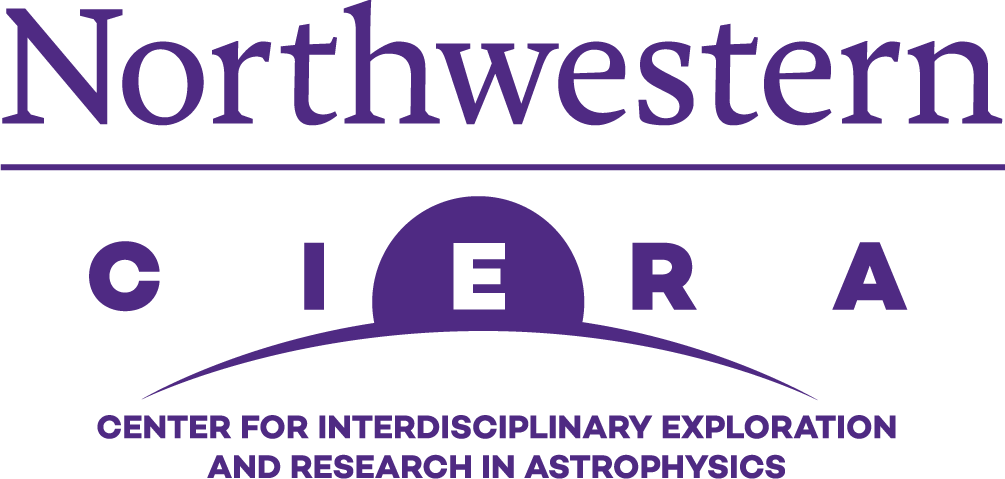Tjitske Starkenburg
Astrophysicist leading research in galaxy evolution and galactic dynamics, with a focus on theoretical astrophysics, synthetic observations, and applying data science techniques to astrophysical questions.
Research Assistant Professor at Northwestern University and Assistant Director of Research Operations at the NSF-Simons AI Institute for the Sky (SkAI).
Research
Our research answers fundamental questions on the evolution of galaxies and the contents of the universe, by combining galactic dynamics and extragalactic astronomy. We aim to understand how dark matter halos and luminous galaxies evolve and how the complex combination of physical processes inside galaxies and in their environment can be traced by observational signatures. Our work covers analysis of galaxy populations, including anomalous galaxies, in large-scale and zoom cosmological models and observational samples, and the development of theoretical models and synthetic observations. We make use of statistical and machine learning approaches to connect observational data to theoretical constraints, and study how these tools can support gains in physical understanding.
Galaxy Evolution
How our Universe formed and evolved is illuminated (literally) by the galaxies we observe. They form and evolve in the overdense centers of dark matter halos and their hierarchical buildup traces the larger scale formation of structure in the universe. At the same time, galaxies are host to detailed gas physics and chemistry and the formation and evolution of stars and black holes. Galaxy properties are governed by how, when and where stars form through the detailed physics taking place inside of them, as well as their larger scale enivironment. We aim to link the evolution of galaxies and structure formation to observational signatures and dientangle the physical processes that shape the galaxies we see.
Galactic Dynamics
Stellar halos are records of galaxies’ pasts: both major and minor galaxy mergers can leave unique traces in the outer reaches of galaxies. Additionally, stellar halos host tidal features that are relics of accreted and disrupted lower-mass galaxies such as satellites, stellar streams and shells. The coming decade will open up this discovery space for galaxies in the Nearby Universe with the Euclid mission, the Nancy Grace Roman Space Telescope, and the Vera Rubin Observatory. We explore what this new observational data can tell us about and hierarchical galaxy formation physics based on these upcoming facilities. With this work we bridge the gaps between galactic dynamics and extragalactic astronomy, and between observation and theory.
Synthetic Observations, Inference and Machine Learning
To constrain and test theoretical models we need to compare them to observations of our universe. Doing this well requires careful forward modeling of star and galaxy luminosities and colors and including attenuation by dust into full mock observations and synthetic surveys. This allows us to make predictions for new instruments and to infer the best-matched parameters for models and simulations through likelihood-free inference.
Team
Tjitske Starkenburg Principal investigator
Leah English Undergraduate Researcher
Gideon McFarland Graduate Student
Muqing Wang Master Student
Coming Soon
Jimena GonzalezSkAI Postdoctoral Associate
Stephanie MontyCIERA Postdoctoral Fellow
